Sometimes, it seems like all of Japan is slowly being drawn into Tokyo. As the county’s economic, educational, political, and even entertainment capital, for many people born elsewhere in Japan, it’s not so much a matter of if they’ll move to the country’s biggest city, but when.
But as in any society, not everyone in Japan is enthralled with urban living. After enough time in the concrete jungles of Japan’s major metropolises, anyone can find themselves thinking about packing up and moving someplace where the horizon is dotted with forests instead of skyscrapers.
Here are three places to consider if you’re ready to make the dream of living in the Japanese countryside into a reality.

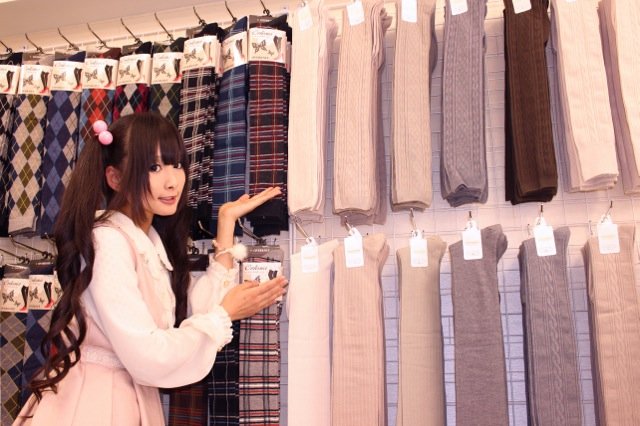


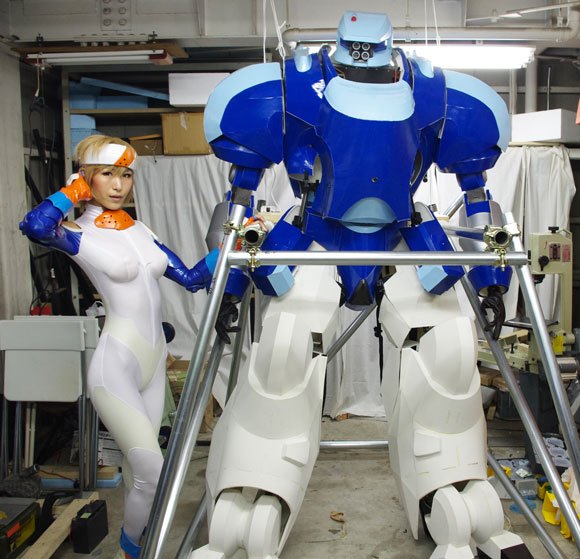
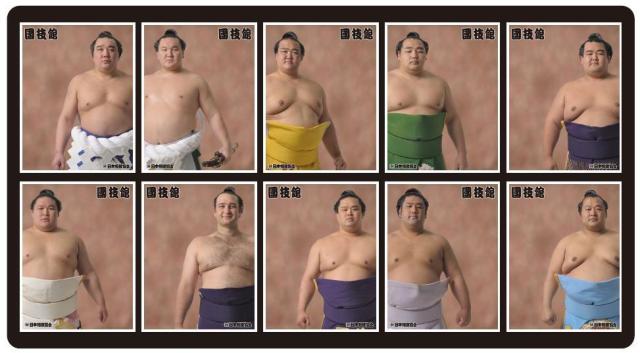
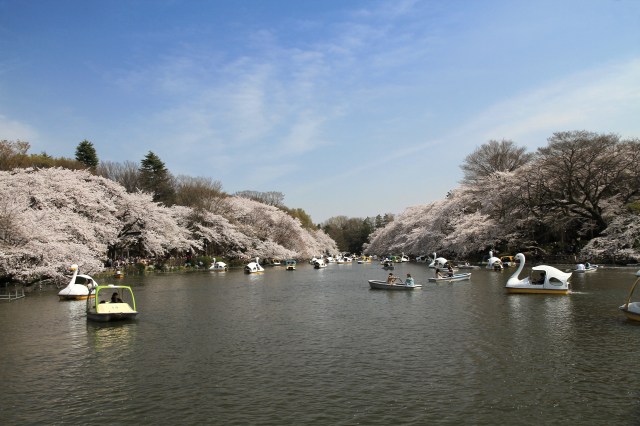


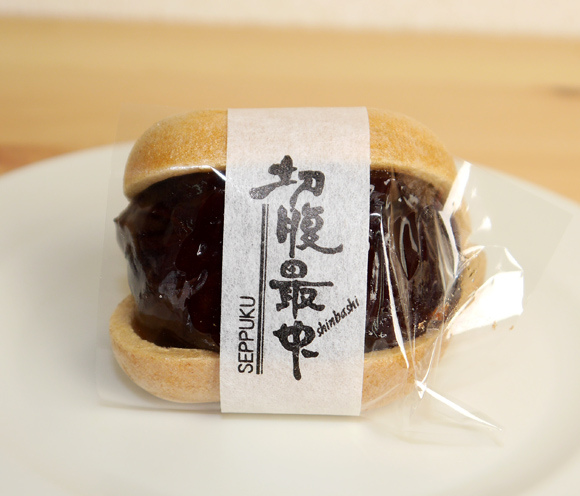


 Samurai ritual suicide contest cancelled by organizer in west Japan
Samurai ritual suicide contest cancelled by organizer in west Japan Ghibli’s Princess Mononoke teams up with Foxfire for outdoor apparel collaboration【Photos】
Ghibli’s Princess Mononoke teams up with Foxfire for outdoor apparel collaboration【Photos】 Tokyo park’s sea of clouds, nighttime illumination, and cosplay days make now perfect time to visit
Tokyo park’s sea of clouds, nighttime illumination, and cosplay days make now perfect time to visit After cancelling Halloween, Tokyo’s Shibuya neighborhood cancels New Year’s Eve too
After cancelling Halloween, Tokyo’s Shibuya neighborhood cancels New Year’s Eve too Japanese job-quitting service contacted by other job-quitting service because employee wants to quit
Japanese job-quitting service contacted by other job-quitting service because employee wants to quit Mario Kart Happy Meal toys arrive at McDonald’s Japan, and SoraNews24 has the whole set!【Photos】
Mario Kart Happy Meal toys arrive at McDonald’s Japan, and SoraNews24 has the whole set!【Photos】 Made In Japan Fender Limited Edition Hello Kitty Stratocaster now on sale in Japan
Made In Japan Fender Limited Edition Hello Kitty Stratocaster now on sale in Japan Beautiful Japanese garden green tea crepes waiting in Tokyo’s historical Asakusa neighborhood
Beautiful Japanese garden green tea crepes waiting in Tokyo’s historical Asakusa neighborhood Japan’s Pokémon donuts are evolving as Diglett grows into Dugtrio churro!
Japan’s Pokémon donuts are evolving as Diglett grows into Dugtrio churro! Totoro ceramic dishware will have your kitchen looking Ghibli elegant in 2025 and beyond【Pics】
Totoro ceramic dishware will have your kitchen looking Ghibli elegant in 2025 and beyond【Pics】 Ghibli Park debuts first winter illumination display with Howl’s Moving Castle theme
Ghibli Park debuts first winter illumination display with Howl’s Moving Castle theme Sanrio and magical girl anime PreCure join forces for new merch line【Photos】
Sanrio and magical girl anime PreCure join forces for new merch line【Photos】 Tokyo restaurant isn’t kidding about the name of its overflowing rare wagyu-ju【Photos】
Tokyo restaurant isn’t kidding about the name of its overflowing rare wagyu-ju【Photos】 New Ghibli papercraft kit gives you a little Princess Mononoke forest on your desk【Photos】
New Ghibli papercraft kit gives you a little Princess Mononoke forest on your desk【Photos】 Pringles releases a limited-edition sweet flavour in Japan
Pringles releases a limited-edition sweet flavour in Japan Starbucks releases new Wicked tumblers in Japan
Starbucks releases new Wicked tumblers in Japan Off-the-beaten-tourist-track observatory tower in Tokyo has great views of the city…for free!
Off-the-beaten-tourist-track observatory tower in Tokyo has great views of the city…for free! Nintendo’s controller capsule toys are so cool, even the machine you buy them from is awesome【Pics】
Nintendo’s controller capsule toys are so cool, even the machine you buy them from is awesome【Pics】 Tokyo Disneyland loses top-attendance crown for Japanese theme parks for second year in a row
Tokyo Disneyland loses top-attendance crown for Japanese theme parks for second year in a row Adult Jam Bread causes a stir at store in Tokyo
Adult Jam Bread causes a stir at store in Tokyo What’s the deal with akebi, the perfectly purple, alien-like fruit that’s in season now in Japan?
What’s the deal with akebi, the perfectly purple, alien-like fruit that’s in season now in Japan? Kyoto becomes City of Yokai, with Night Parade of One Hundred Demons festival this autumn
Kyoto becomes City of Yokai, with Night Parade of One Hundred Demons festival this autumn Totoro, Calcifer, other Ghibli stars returning as humidifiers ahead of Japan’s dry winter days【Pics】
Totoro, Calcifer, other Ghibli stars returning as humidifiers ahead of Japan’s dry winter days【Pics】 McDonald’s new Happy Meals offer up cute and practical Sanrio lifestyle goods
McDonald’s new Happy Meals offer up cute and practical Sanrio lifestyle goods Foreign tourists on Shinkansen bullet train break suitcase etiquette, angering local passengers
Foreign tourists on Shinkansen bullet train break suitcase etiquette, angering local passengers [Deleted] Article written for April Fool’s Day 2018
[Deleted] Article written for April Fool’s Day 2018 Japanese government to make first change to romanization spelling rules since the 1950s
Japanese government to make first change to romanization spelling rules since the 1950s Foreigner’s request for help in Tokyo makes us sad for the state of society
Foreigner’s request for help in Tokyo makes us sad for the state of society Ghibli founders Toshio Suzuki and Hayao Miyazaki contribute to Japanese whisky Totoro label design
Ghibli founders Toshio Suzuki and Hayao Miyazaki contribute to Japanese whisky Totoro label design Japanese convenience store Family Mart announces abolishment of eat-in spaces
Japanese convenience store Family Mart announces abolishment of eat-in spaces Princesses, fruits, and blacksmiths: Study reveals the 30 most unusual family names in Japan
Princesses, fruits, and blacksmiths: Study reveals the 30 most unusual family names in Japan Doraemon found buried at sea as scene from 1993 anime becomes real life【Photos】
Doraemon found buried at sea as scene from 1993 anime becomes real life【Photos】 Life-size vibrating Legend of Zelda Master Sword for sale from Nintendo【Photos】
Life-size vibrating Legend of Zelda Master Sword for sale from Nintendo【Photos】 Mario Kart Happy Meal toys arrive at McDonald’s Japan, and SoraNews24 has the whole set!【Photos】
Mario Kart Happy Meal toys arrive at McDonald’s Japan, and SoraNews24 has the whole set!【Photos】 Made In Japan Fender Limited Edition Hello Kitty Stratocaster now on sale in Japan
Made In Japan Fender Limited Edition Hello Kitty Stratocaster now on sale in Japan Beautiful Japanese garden green tea crepes waiting in Tokyo’s historical Asakusa neighborhood
Beautiful Japanese garden green tea crepes waiting in Tokyo’s historical Asakusa neighborhood Japan’s Pokémon donuts are evolving as Diglett grows into Dugtrio churro!
Japan’s Pokémon donuts are evolving as Diglett grows into Dugtrio churro! Totoro ceramic dishware will have your kitchen looking Ghibli elegant in 2025 and beyond【Pics】
Totoro ceramic dishware will have your kitchen looking Ghibli elegant in 2025 and beyond【Pics】 Expensive Japanese nail clippers: Are they worth it?
Expensive Japanese nail clippers: Are they worth it? We found an underground Kyoto vending machine that sells multi-course French meals
We found an underground Kyoto vending machine that sells multi-course French meals Ghibli releases a Howl’s Moving Castle that walks and lights up【Video】
Ghibli releases a Howl’s Moving Castle that walks and lights up【Video】 Japan has an awesome one-person bento box rice cooker, and here’s what we made with ours
Japan has an awesome one-person bento box rice cooker, and here’s what we made with ours Our Japanese writer tries the cutting edge in men’s fashion from AliExpress
Our Japanese writer tries the cutting edge in men’s fashion from AliExpress “Hate summer homework, kids? We’ll do it for you!” A disturbingly booming business in Japan
“Hate summer homework, kids? We’ll do it for you!” A disturbingly booming business in Japan Sip with Snorlax – Clever drinkware design creates Pokémon in your glass with every pour【Pics】
Sip with Snorlax – Clever drinkware design creates Pokémon in your glass with every pour【Pics】